By Doug Ward
Putting innovative curricular ideas into practice takes time and coordination among instructors, especially when several classes are involved.
To help jump-start that process, CTE has created a Curriculum Innovation Program and selected four teams of faculty members who will transform important components of their curricula over the coming year.
Each of the four teams will receive $10,000 to $12,000 for the project, along with up to $5,000 for team members to visit an institution that has had success in innovating its curriculum. The awards, the largest that CTE has ever made, were made possible by a donation from Bob and Kathie Taylor, KU alumni from Wichita.
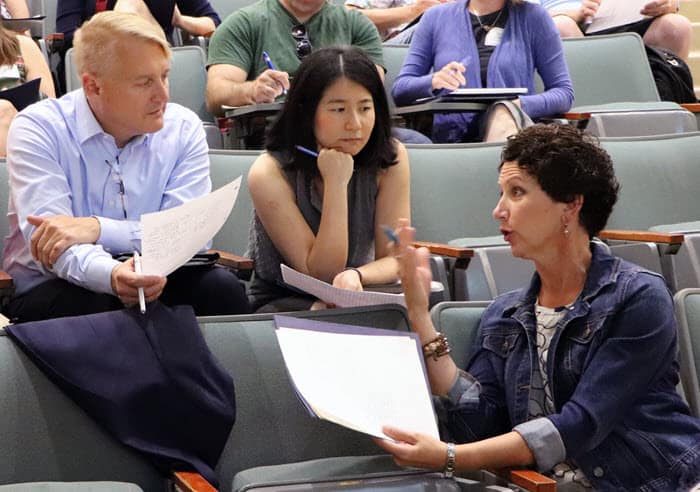
The four teams were chosen from among 18 submissions from across the university. The winners, from environmental studies, geology, journalism and mass communications, and linguistics, were recognized at KU’s annual Teaching Summit on Thursday.
“We really wanted to see ideas that would have a big impact on student learning in a short amount of time,” said Andrea Greenhoot, director of the Center for Teaching Excellence. “We also wanted the changes to be sustainable. The four programs selected made the strongest cases for that.”
To help with the curricular changes, the teams will meet with each other and CTE faculty leaders throughout the academic year to discuss their progress and challenges. The goal of the program is to nurture changes that improve learning and retention, and provide new ways of preparing students for an ever-changing career landscape. Each team will concentrate on remaking two or more courses within a curriculum.
The winning teams all take different approaches to the innovation challenge. Here are their plans:
Environmental studies
The environmental studies program has undergone considerable change over the past eight years as core faculty members have left and the number of students taking classes in the program has tripled. The program, which draws from such fields as ecology, law, English, geology, and social sciences, will build on the diverse perspectives of its faculty members by creating modules that focus on interdisciplinary problem-solving. The modules will allow instructors to bring multiple perspectives to two 100-level classes, Global Environmental Change I and II, and make it easier for additional instructors to teach those courses. At the capstone level, the modules will allow students to go into more depth in such areas as informatics, systems thinking, technical communication, and project management, while maintaining an emphasis on work that benefits communities. Team members are Ali Brox, David Fowle, Kelly Kindscher, Terry Loecke, Peggy Schultz, and Paul Stock.
Geology
The department has transformed five introductory courses since 2013 by integrating such practices as group problem-solving, two-stage exams, and an end-of-semester event to showcase student work. Those and other approaches have improved learning for all students but have been especially effective for women and underrepresented minority students. For example, women used to fail or withdraw from Geology 101 at a much higher rate than men. Those disparities have been eliminated over the past few years as the class has shifted from lecture to active learning. The department plans to apply those techniques to two upper-level courses that prepare students for a capstone course. It will shift some material for those courses online, reduce the amount of in-class lecturing, add writing and data-synthesis assignments, and reorganize course components so that students learn in incremental ways, an approach known as scaffolding. Team members are Diane Kamola, Andreas Moeller, Noah McLean, and Alison Olcott.
Journalism and mass communications
The many fields of journalism have undergone enormous changes over the past two decades as digital communication has upended the media landscape. Four instructors in the School of Journalism’s strategic communication track plan to help students better keep up with those changes by creating a data hub for social media, shifting more elements of learning online, and providing more opportunities for experiential learning. Strategic communication, which accounts for more than two-thirds of the school’s enrollment, prepares students for careers in such areas as public relations, marketing, and advertising. The journalism team will concentrate on four courses at the 400- and 600-levels, including a capstone course, better integrating elements of social media into the curriculum. Creation of a social media hub will allow students to gain more hands-on experiences with social media, and the work students do with the hub will create additional resources for future students and courses. Faculty members involved are Hyejin Bang, Yvonnes Chen, Joseph Erba, and Hyunjin Seo.
Linguistics
The Department of Linguistics has been a university leader in evaluating student learning and in making curricular adjustments based on learning data it gathers. The department plans to build on that work by modifying, expanding and restructuring three courses that have proved especially challenging for students. Instructors plan to add interactive assignments and group case studies to Introductory Linguistics to help students learn theoretical concepts of language structure. They also plan to create an online version of that course so that it can be offered more often. For a mid-level course in syntax, instructors will create online materials for students to work through on their own, freeing up class time for group problem-solving and application. For an upper-level course in neurolinguistics, the department plans to add lab work that will give students practice in such areas as experimental design and data analysis for brain imaging. Faculty members involved in the project are Kate Coughlin, Phil Duncan, Robert Fiorentino, Alison Gabriele, John Gluckman, Andrew McKenzie, Joan Sereno, Anie Tremblay, and Jie Zhang.
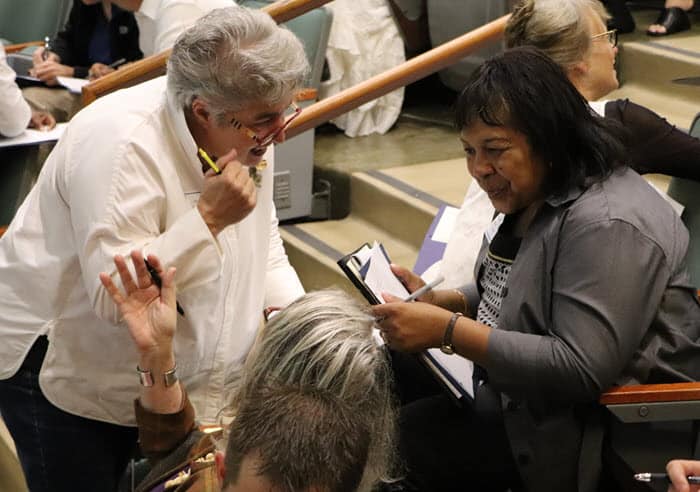
Doug Ward is the associate director of the Center for Teaching Excellence and an associate professor of journalism. You can follow him on Twitter @kuediting.

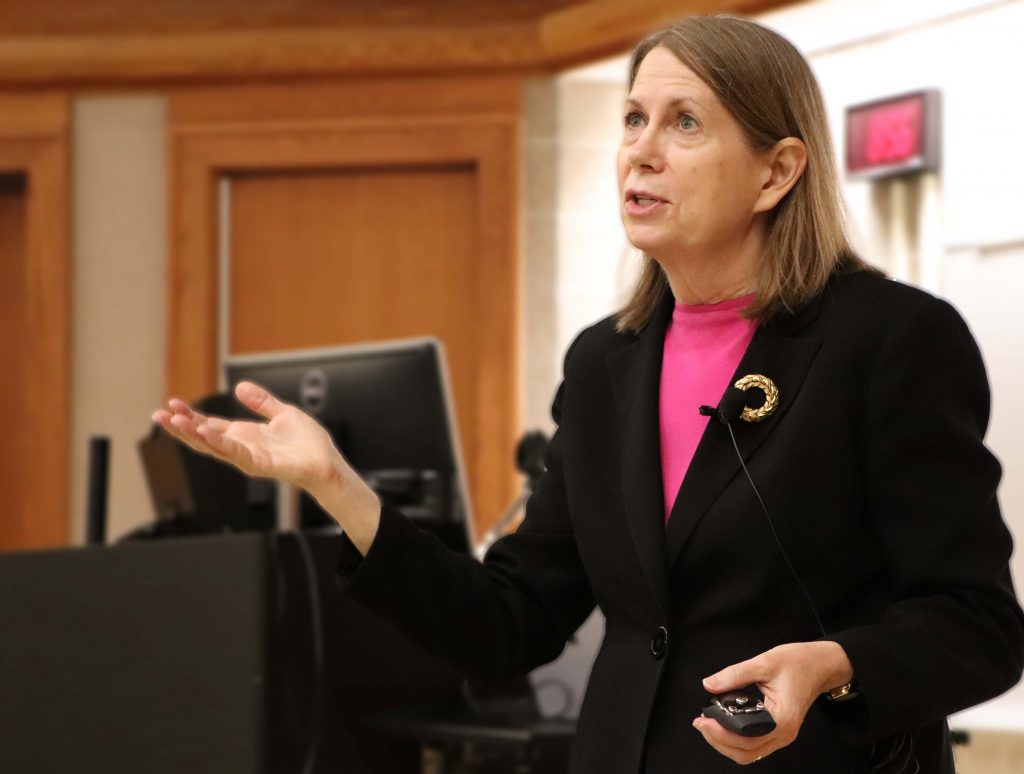




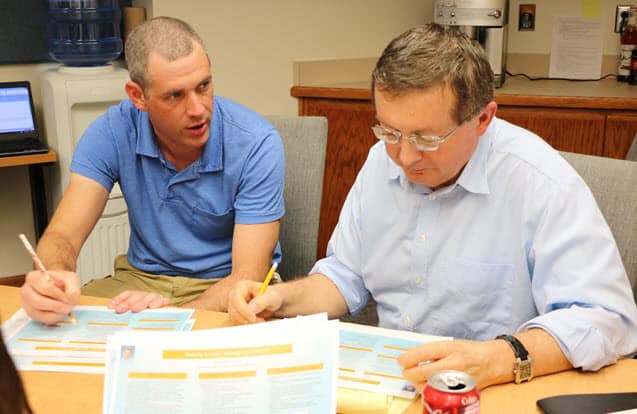
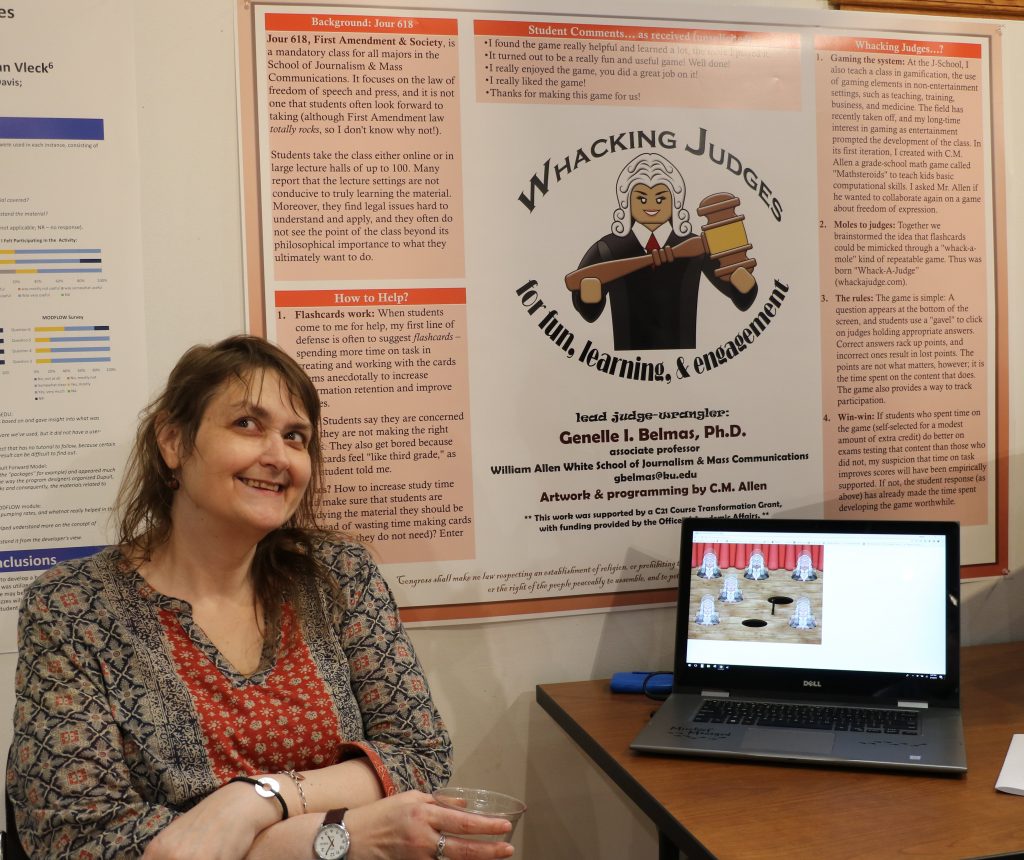




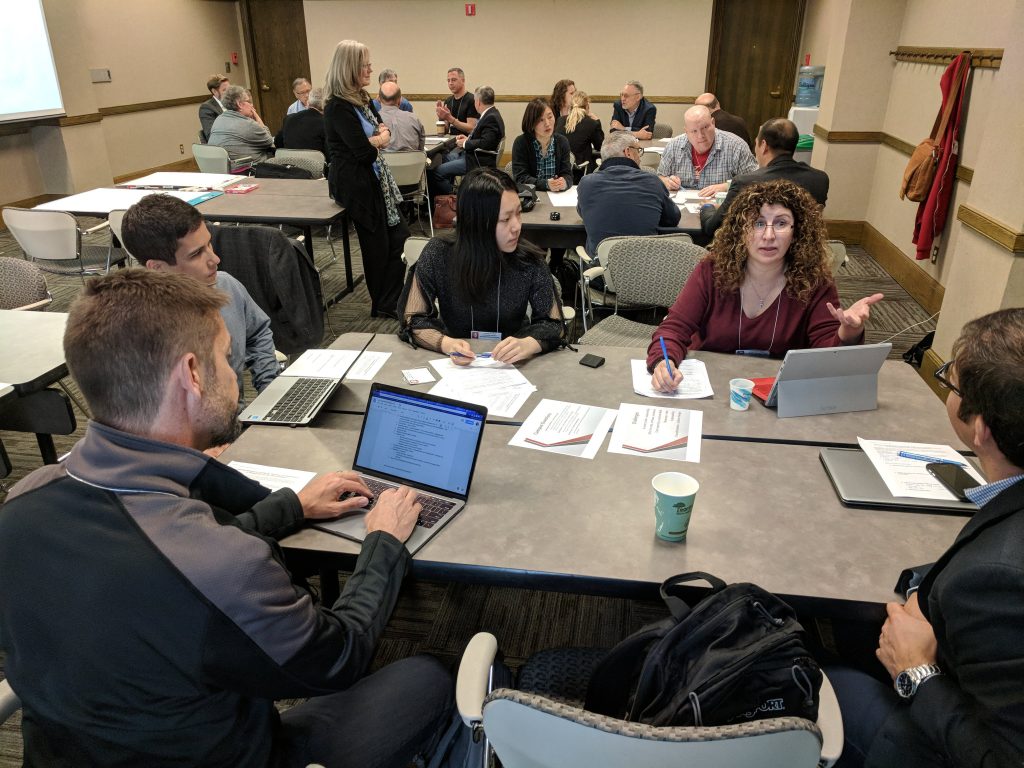
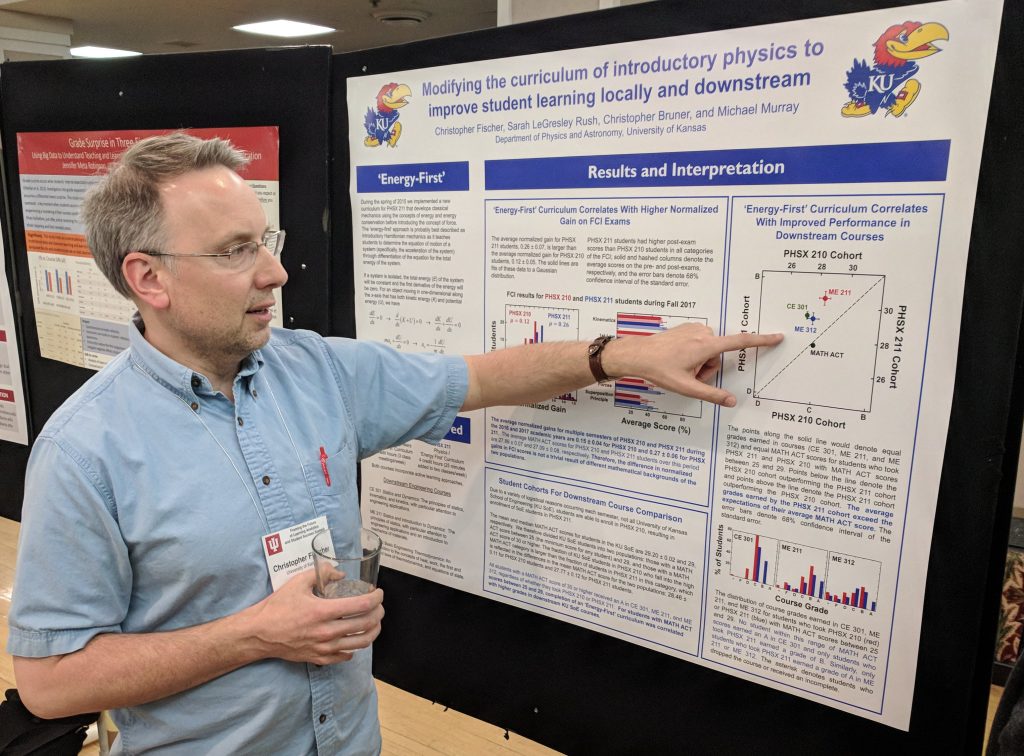
Recent Comments